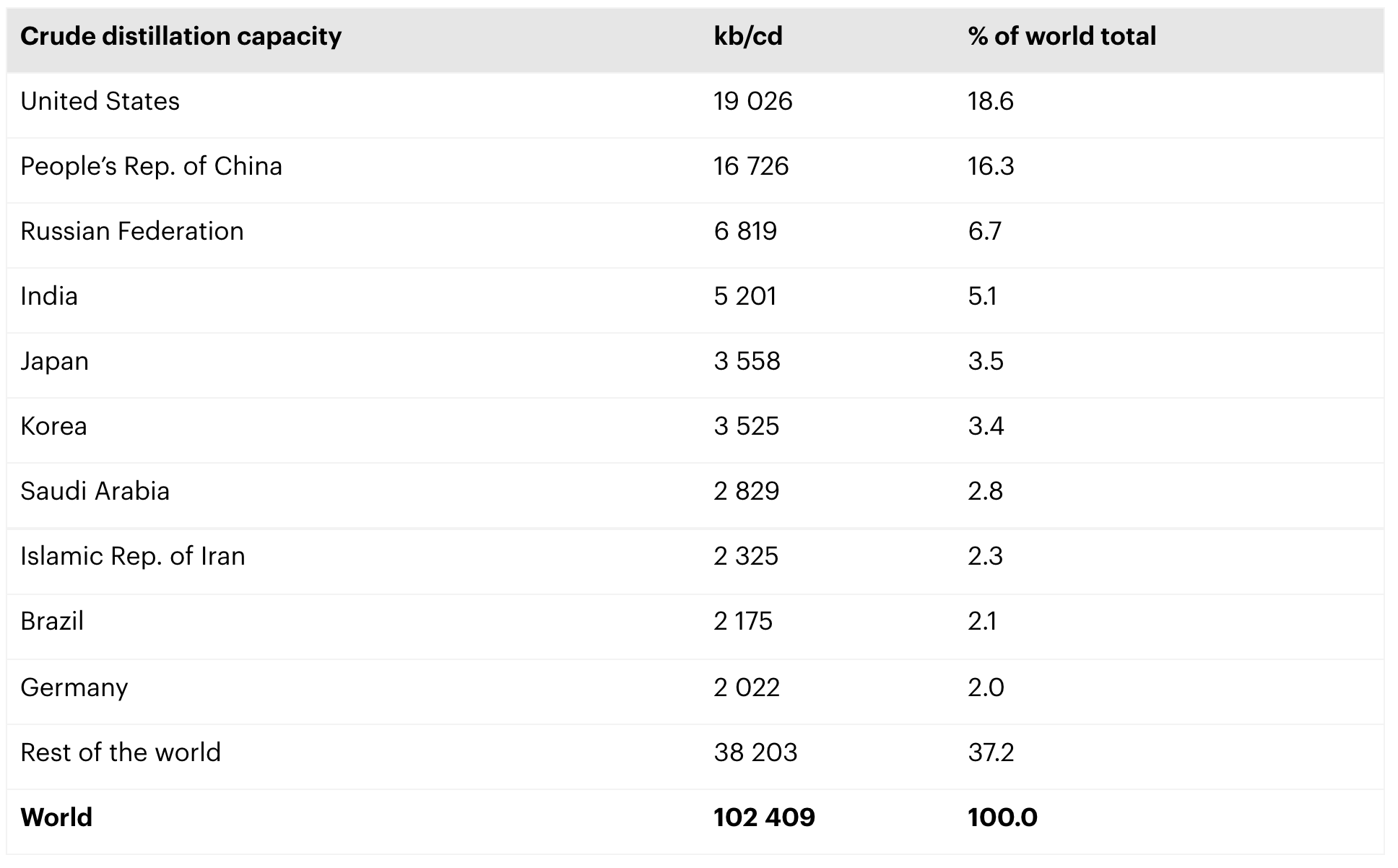The draft agreement from COP26 in Glasgow, Scotland calls on parties to accelerate phasing out “unabated” coal consumption and John Kerry, COP26 participant and U.S. climate envoy, claims the United States won’t have coal by 2030. In an interview, Kerry stated, “We will not have coal plants.” Yet, coal generation in the United States is expected to increase its share of electric generation to 23 percent this year—up from 19 percent last year—and regaining its 2019 share. This will be the first increase in coal generation since 2014. Coal is regaining market share from higher-priced natural gas, whose share is expected to drop to 36 percent in 2021, down from 39 percent last year.
The Biden administration’s war on the oil and gas industry has escalated natural gas prices to over $6 per thousand cubic feet at the city gate and paved the way for coal’s entrance back into the utility market. In fact, coal’s increased generation through July of this year compared to the same period last year is 4 times larger than the combined increase in wind and solar generation for the same period. Unlike in Europe that is seeing soaring energy prices, U.S. electricity generators have turned to coal because they have the coal power plant capacity and because it is cheaper for electricity rate payers due to the abundance of coal resources in the United States.
John Kerry’s prediction that the United States will have no coal plants in 2030 is almost laughable when the United States has the largest coal reserves in the world—23 percent compared to Russia’s 15 percent and Australia’s 14 percent. China with 13 percent of the world’s coal reserves generates over 60 percent of its electricity from coal and India with 10 percent of the world’s coal reserves generates over 75 percent of its electricity from coal. Even Japan gets over 30 percent of its electricity generation from coal and has no plans to phase it out.
Globally, coal is still the main source of electricity generation at 37 percent of the world’s total generation. China added 38.4 gigawatts of new coal-fired power capacity in 2020, more than three times the amount built elsewhere around the world, bringing its total coal-fired capacity to well over 1,000 gigawatts—about the total generating capacity in the United States from all sources. In the first half of 2021, Chinese provincial governments approved 24 domestic coal plants and Chinese localities have around 104 gigawatts in top-priority coal-power capacity planned—more than what’s currently installed in Japan and Russia combined.
Coal is not just used for electricity generation, it is also the backbone of steel production. China produces 57 percent of the world’s steel while the United States, United Kingdom and the European Union produce 13 percent. China relies on energy-intensive industries like steel, cement, and chemicals to power its growth and coal powers around 56 percent of China’s industry-heavy economy. And, for the countries transitioning to a “green” economy, coal-produced electricity and steel make it integral to the construction of windmills and solar panels. It is just that the carbon dioxide emissions that result from the production of those solar panels and windmills are emitted in China, not in the countries spouting the need for a non-carbon future. What hypocrisy!
China’s Dominance of Solar Panel Manufacturing
Chinese factories supply more than three-quarters of the world’s polysilicon, an essential component in most solar panels. Polysilicon factories refine silicon metal using a process that consumes large amounts of electricity, making access to cheap power a cost advantage. Chinese authorities built an array of coal-burning power plants in sparsely populated areas such as Xinjiang and Inner Mongolia to support polysilicon manufacturers and other energy-hungry industries where the cost of generation is half that of the rest of the nation. These factories also use Muslim Uyghurs for ‘slave’ labor.
China is also home to most of the companies that slice polysilicon into wafers, package the wafers into cells and assemble the cells into panels. U.S. tariffs on Chinese solar panels and cells have pushed Chinese companies to set up factories for these parts in other countries but Chinese controlled companies dominate the world’s solar panel manufacturing.
The solar industry’s reliance on Chinese coal will create a huge increase in carbon dioxide emissions in the future as manufacturers rapidly scale up production of solar panels to meet demand for a carbon free future being forced upon consumers in Western nations. That would make the solar industry one of the world’s most prolific polluters, undermining some of the emissions reductions achieved from widespread solar adoption. Because of the use of cheap coal, producing a solar panel in China creates around twice as much carbon dioxide as making it in Europe where other forms of energy are available, but at a higher cost. For example, in Germany the number of jobs in solar PV panel production and installation fell from a record 133,000 in 2011 to under 28,000 seven years later as many companies were forced out of business thanks to cheaper competitors from China scooping up most of the market.
Conclusion
Coal is still king for electricity generation world-wide and for steel production. While the United States under the Biden administration is trying to phase coal out, the Administration’s policies on oil and gas is bringing coal back for generation in order to keep electric prices from skyrocketing for U.S. consumers. The United States has the most coal reserves of any country in the world and can power the country with low-cost, reliable and abundant coal if it were allowed to as it is in China and India, producing well over 60 percent of their power. While China’s economy grows, the U.S. economy stagnates. The United States should follow China’s lead, rather than Biden’s hypocrisy.
*This article was adapted from content originally published by the Institute for Energy Research.




